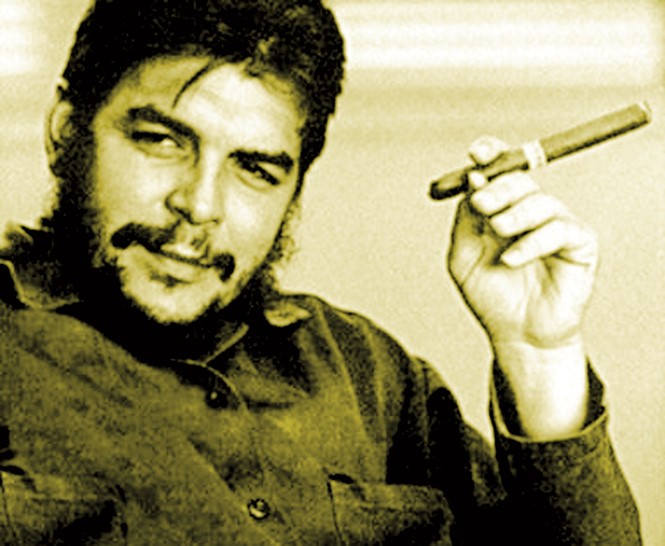Cuba: Caribbean curiosity

For years, Cuba’s national brand has been defined by its isolation from its neighbour 90 miles to the north. Now that the US has changed its policies toward the island nation, will Cuba’s brand change too? Samantha North reports
As 2014 drew to a close, two countries locked in a five- decades-long standoff formally ended hostilities. In December, US president Barack Obama announced the normalisation of US relations with Cuba. Among other changes, this involves a relaxing of the current travel restrictions, opening Cuba to the possibility of American tourism and investment. Although this offers many advantages for Cuba, there is also a risk that the island’s unique nation brand may be altered in the process.
Cuba is a compelling country. For the last half-century, US sanctions have kept this small island in relative isolation. Yet Cuba has made remarkable achievements in geopolitics, medicine and education. A former Spanish colony, Cuba was once known as an island shopping mall, a place where Americans went to have fun. But this perception was soon changed forever, as Cuba began to develop a global brand disproportionate to its size and wealth.
The image-building of Cuba started in earnest when revolutionary leader Fidel Castro toppled the US-backed government in 1959. Castro was popular partly because he captured the spirit of the times, an idea of rebellion against the established order. According to Barnard Collier, former New York Times bureau chief in Buenos Aires, Castro is the man who, “Sculpted a new mentality for Cuba.”
Governments, however, often waste money on campaigns that are little more than elaborate advertising, an approach that has been proven useless for changing global perceptions of a nation. Concrete, long-term actions are the only effective strategy.
Dr Hume Johnson, a Rhode Island-based academic specialising in nation branding, says, “Despite decades of international isolation and sanctions designed to cripple this already poor nation, Cuba has managed to build a powerful and enviable international nation brand image anchored on successes in healthcare, sports, education, exports and, for better or worse, revolutionary socialist ideas that became a model for much of Latin America.”
Image has become increasingly important for countries as globalisation pits them against one another to attract tourism, investment and prestige. The discipline of nation branding tries to help countries shift the negative and attract the positive.
Johnson adds, “Cuba now has the chance to enter the global market and compete for tourism, investment, students and capital. Its prime location in the Caribbean Basin, its proximity to the Panama Canal and big markets such as the US, as well as its skilled and educated workforce, make it a magnet for foreign direct investment.”
But another nation branding expert, Simon Anholt, remains sceptical about the immediate effects of American normalisation on Cuba’s brand. He says, “[Normalisation] is unlikely to make much difference on its own – such things seldom do. The images of countries move over decades and generations, as a result of significant and prolonged shifts in their international engagement.”
Indeed, the results of Anholt’s survey suggest Cuba still has far to go. In the latest Anholt-GfK Roper Nation Brands Index, which measures the opinions of 25,000 people in 25 countries, Cuba ranks only 46th out of 50 countries.
In reality it is difficult to predict the actual effects of normalisation on Cuba’s future nation brand. According to Canadian brand strategist Günter Soydanbay, the situation could go either way. He says, “The embargo had both destructive and creative impacts on Cuba. While it put the country in a financially unpleasant situation, it also created one of the most unique cultures in the world
by isolating it from consumerism. In that sense, lifting the embargo could have similar destructive and creative impacts, making Cuba financially richer, yet experientially poorer. I guess time will tell.”


